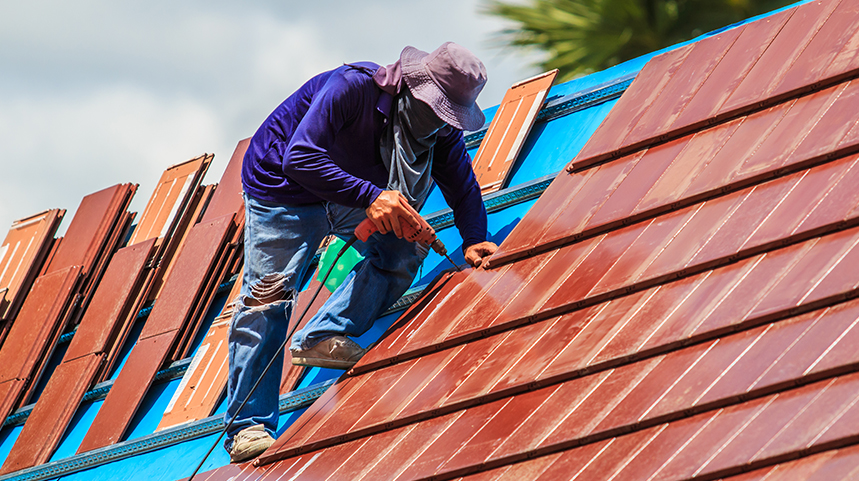We’ve all heard the old adage that an ounce of prevention is worth a pound of cure, and it’s truer that ever as storms across the country grow in size and ferocity. Storms can carry a variety of hazards with them including wind damage, debris, and jolts to your roof, walls, or foundation, not to mention secondary hazards like flooding.
Wind can be one of the bigger surprises that causes storm damage because so many people and homes are exposed to it during storms. Twenty-six percent (approximately 30 million) of U.S. households are in wind zones with an expected wind speed of 110 mph or greater. Let’s take a look at some ways you can make your home more ready for an unexpected storm.
Investigating Storm Resilient Construction
While it’s not possible for most people to rebuild their homes to be more storm resistant, it’s worth getting familiar with storm-resistant construction methods. Common wood frame construction is typically strong enough for wind speeds less than 100 mph. Wind speeds above 100 mph require lateral strength from the roof to the foundation that is not provided by ordinary wind construction, which can be accomplished through a variety of construction improvements.
Houses can be made more resilient by designing for a higher wind load because the safety factor will be increased, making house components more resistant to wind and rain during storms. If your home is damaged during a storm and components like the roof need to be replaced, it’s worth asking your storm restoration experts about storm-resistant construction.
 Repair and Reinforce
Repair and Reinforce
There are plenty of other things homeowners can do in advance of a storm. Clearing limbs and trimming trees is one step—during a storm, dead tree limbs can get loose and cause moderate to severe damage to a home’s exterior or windows. You might also make time to inspect your roof, skylights, and flashing because the roof is the most obvious point of entry for rain.
It’s also important to ensure that gutters aren’t loose or clogged, because strong winds can quickly tear gutters from a home and cause secondary damage. Downspouts also need to be positioned away from your home’s foundation to prevent basement flooding.
Severe storms may not affect a home’s interior or exterior but unsecured items in the yard can cause secondary damage. Ensure that your fences are properly secured so that heavy winds don’t lift them up and tear them away. The same goes with items like patio furniture and large toys. Anything that might turn into flying debris that can come inside the house or garage should be brought in.
Finally, if your home truly is likely to be the target of severe storms, you might consider buying a generator to ensure you have lights running and access to appliances during a storm, as well as a sump pump to prevent severe flood damage.
Pretend a Storm is Coming Now
Don’t wait until you hear a hurricane, tornado or thunderstorm of the century is coming. There are plenty of storm preparation checklists and common-sense advice out there for storm preparation. Take care of the things you can now, so you don’t have to be scrambling at the last minute.
 Be Financially Prepared
Be Financially Prepared